Understanding the Ejection Valve in Color Sorters: Technology and Applications
Jul 12, 2024
Color sorters are indispensable in modern industries, widely used in sectors like grain, minerals, and plastics to sort materials based on color and quality. Among the core components of a color sorter, the ejection valve plays a critical role. This article delves into the working principles, technical features, and applications of the ejection valve in the sorting process.
I. Working Principle of the Ejection Valve in Color Sorters
The ejection valve in a color sorter is a high-speed switching valve controlled by electrical signals. It instantaneously ejects a jet of air to remove defective materials from the acceptable ones. The basic working principle is as follows:
1). Detection and Analysis: The color sorter uses CCD or CIS sensors to detect the color, shape, and size characteristics of the materials.
2). Signal Processing: The detected signals are transmitted to a processor for analysis and compared with preset standards.
3). Control Ejection: When defective materials are detected, the processor sends a command to control the ejection valve to open instantly, releasing high-pressure air to blow out the defective materials.
II. Technical Features of the Ejection Valve
1). High-Speed Response: The ejection valve must have an extremely high response speed, typically in the millisecond range, to ensure timely removal of fast-moving materials.
2. High-Precision Control: Precise control of the ejection time and force is necessary to avoid false ejections or missed ejections, ensuring sorting accuracy.
3. Durability and Stability: The ejection valve needs to operate under high-frequency, high-intensity conditions for extended periods, requiring high durability and stability in its materials and manufacturing process.
III. Applications of the Ejection Valve in the Sorting Process
1). Grain Sorting: Ejection valves are used to remove moldy, impure, and immature grains, ensuring the purity and quality of the grain.
2). Mineral Sorting: In mineral processing, ejection valves can remove impurities, increasing the purity and recovery rate of minerals.
3). Plastic Recycling: Ejection valves help sort different colors and types of plastics, achieving efficient recycling and reuse of resources.
IV. Future Trends of the Ejection Valve
With technological advancements, ejection valve technology is continually evolving. In the future, ejection valves will develop in the following directions:
1. Higher Response Speed: By optimizing electromagnetic design and material selection, further improving response speed to enhance sorting efficiency.
2. Intelligent Control: Combining artificial intelligence and big data analysis to achieve intelligent control and adaptive adjustment of the ejection valve, improving sorting accuracy.
3. Energy Efficiency and Environmental Protection: Using new energy-saving materials and technologies to reduce energy consumption, lower operating costs, and meet environmental protection requirements.
V. Conclusion
As a core component of the color sorter, the performance of the ejection valve directly affects the sorting effect and efficiency. By continuously optimizing the design and technology of the ejection valve, the application of color sorters in various industries will become more widespread, aiding in the improvement of production efficiency and product quality.
We hope this article helps you better understand the professional knowledge of color sorter ejection valves. If you have any further questions or needs, please feel free to contact us.
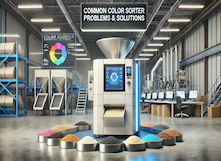

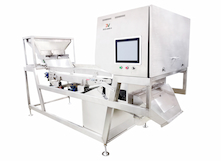
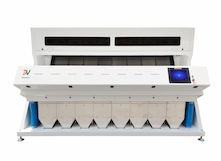


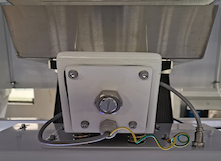


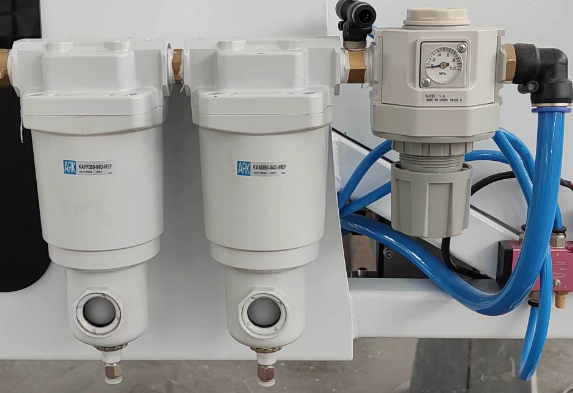
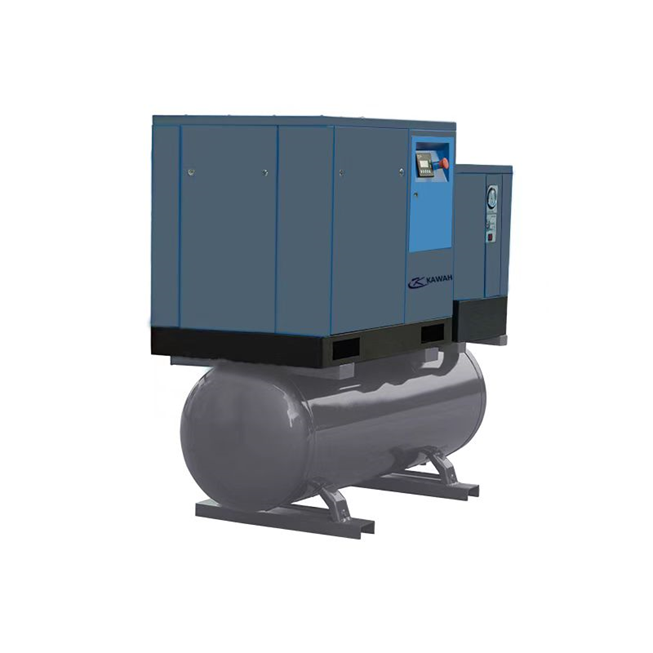
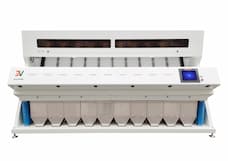
 Network Supported
Network Supported